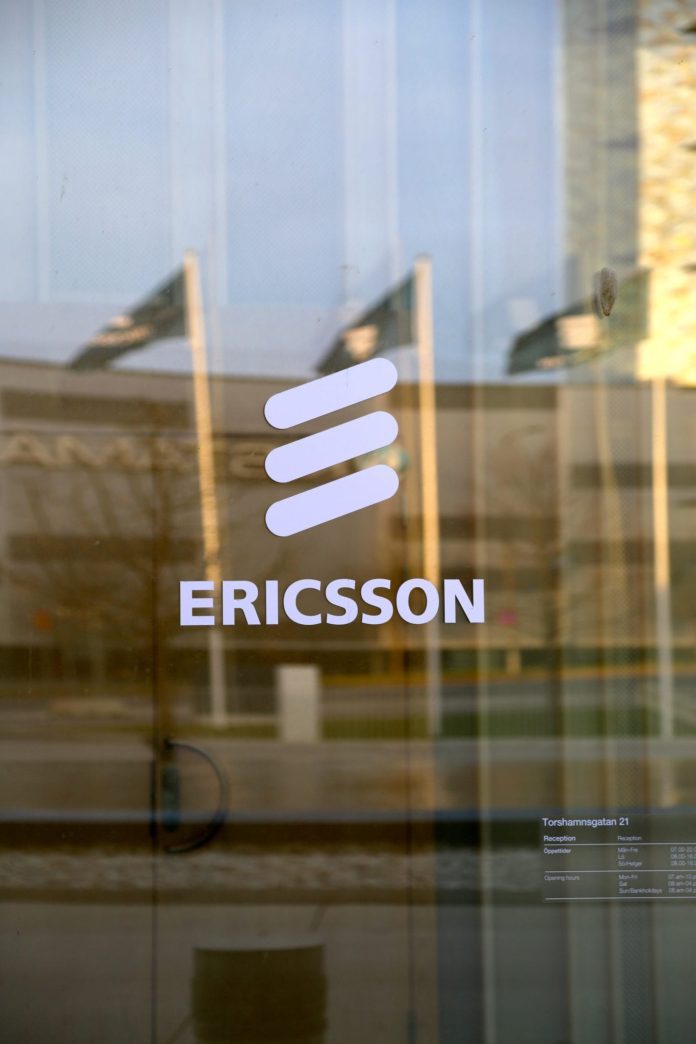Ericsson said that the joint PoC deployment was carried out at O2 Telefónica’s Wayra innovation hub in Munich
Ericsson and German telco O2 Telefónica completed a proof of concept (PoC) with the aim of paving the way for the development of 5G cloud RAN technology in Europe.
The joint PoC deployment was carried out at O2 Telefónica’s Wayra innovation hub in Munich, where the partners showcased the capabilities of Ericsson’s first 5G cloud RAN installation in Europe. The PoC utilized a centralized control unit (CU) and used mmWave frequency to achieve an end-to-end speed of more than 4 Gbps, the vendor said.
Ericsson and O2 Telefonica noted that this collaboration “validates the feasibility” of cloud RAN for enterprise and industry-specific use cases as well as fixed wireless access (FWA) use cases.
The implementation of Ericsson’s cloud-native software solution for 5G cloud RAN by O2 Telefónica will enable the operator to experience significant gains in flexibility, service delivery and improved network operations, according to the vendor.
Daniel Leimbach, head of customer unit of Ericsson’s Western Europe division, said: “The partnership between Ericsson and O2 Telefónica demonstrates our commitment to achieving significant breakthroughs on our path to build the networks of the future. It is a first for both companies in Europe and shows the potential of cloud RAN for high performance use cases. It builds upon our work with the cloud-native 5G core we have deployed in O2 Telefónica Germany, enabling a full end-to-end cloud native network.”
“With the introduction of a cloud-based, standardized architecture, we are able to respond quickly to customer needs, introduce new products and services even more flexibly and scale our O2 network better. With Cloud RAN, we combine the benefits of open interfaces with the expertise and product quality of European network equipment supplier Ericsson, whose technology we already use for our high-performance 5G core network,” said Mallik Rao, chief technology and information officer of O2 Telefónica.
Ericsson noted that its 5G Cloud RAN is a cloud-native software solution which offers a range of benefits for operators, including the advantage of implementing common operational systems and practices, simplifying deployment and life cycle management of resources for enhanced efficiency.
The German carrier activated nearly 1,000 new 5G sites nationwide during the first quarter of the year. With this expansion, the company said it ended March with a 5G population coverage of nearly 82%, adding that it aims to reach full nationwide coverage with its 5G network infrastructure by the end of 2025.
O2 Telefonica said it has been focusing on 5G network densification in both urban and rural areas of Germany.
In the first quarter of this year, 200 5G sites operating on the 3.6 Ghz frequency were deployed in Berlin, Hamburg, Bremen, Essen, Munich and Magdeburg, among other cities.
The telco also said it already offers 5G on the 700 MHz frequency band at around 600 locations across Germany.
Telefónica said that while it is ready to deploy a nationwide 5G Standalone (SA) network, it will only fully activate the infrastructure once 5G SA offers real added value for customers, and when enough devices in the market support 5G SA.

